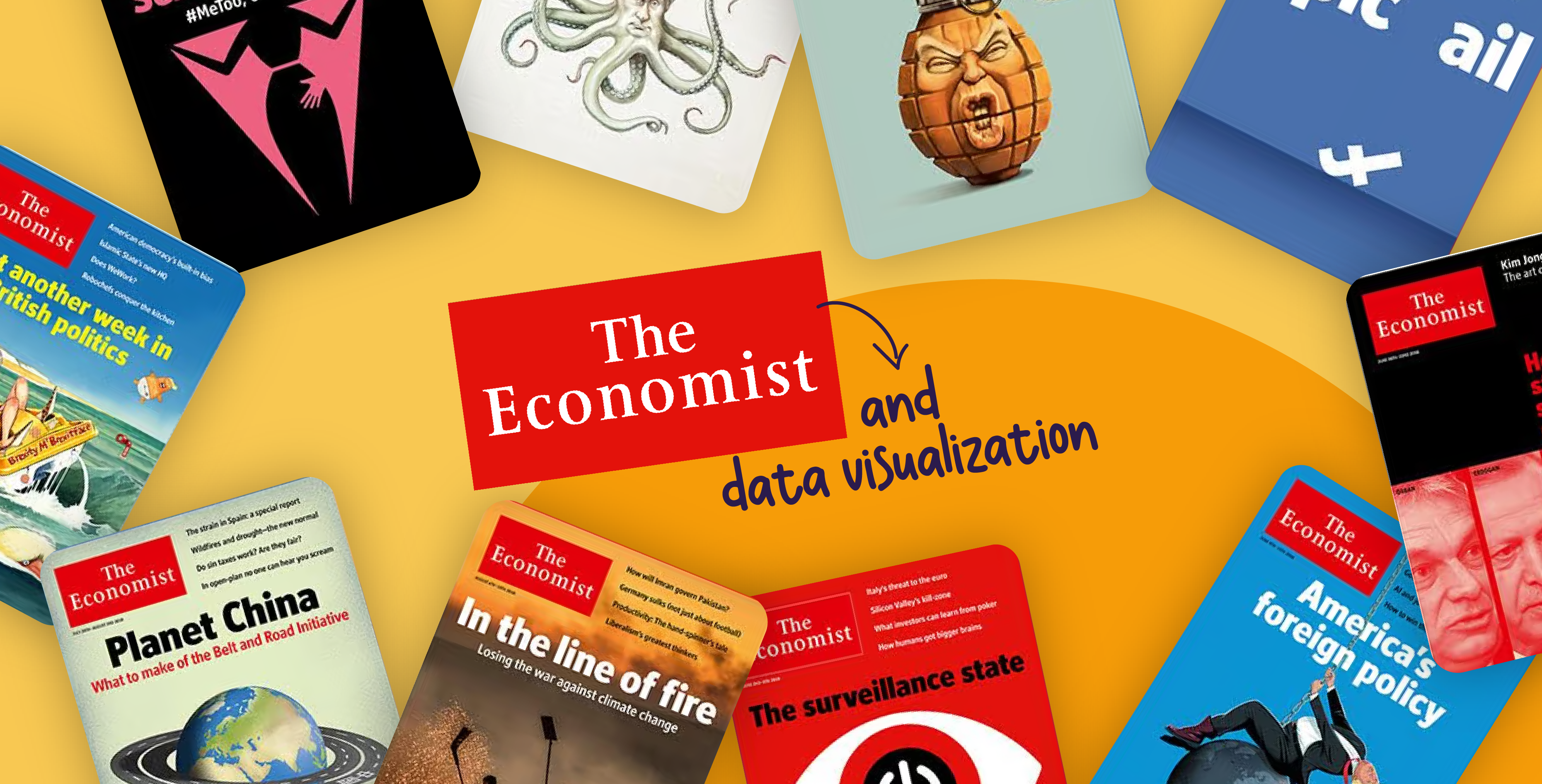15 July 2024
The end is an inevitable part of any good thing, and that includes your presentation. Leaving a final impression with a strong conclusion cannot be an afterthought; it is the spark needed to set your goals in motion. An anticlimactic conclusion leaves your audience uninspired at best, if not outright indifferent. Ending on a high note will fire them up, encouraging them to remain engaged and inspired to take action.
Why is it important to have a good conclusion?
Striving for an effective conclusion is a reliable way to ensure you fulfill the presentation’s purpose. To really recognize a presentation’s success, one must note its efficiency in yielding the desired outcomes from the audience. A powerful and inspiring ending contributes to enhancing a brand or business and has a positive impact within the presenter’s context. Whether the aim was to secure funding, showcase important data, or gain support for an initiative, a strong conclusion is a necessary component to confirm that the message is delivered and received effectively.
Effective strategies to conclude your presentation
A powerful conclusion leaves your audience feeling energized long after you wrap up your presentation. This is why it’s important to use effective tactics to create an impactful finale. How you decide to conclude your presentation impacts how your message will resonate with your listeners. Consider the following strategies to leave a lasting impression:
Bring back your main idea
Repetition is the key to retention. In the world of presentations, there is no surer way to make your message stick than to repeat it. Although you may feel like this approach is redundant, recapping the main points after each section emphasizes the message and improves audience learning. By consistently repeating the core concepts throughout your presentation, you let them become ingrained in the audience’s mind. And revisiting the same ideas several times allows for a renewed understanding, and the space to notice details and patterns. So you can conclude your presentation by reinforcing and ensuring that your main message is remembered by reiterating it one last time.
Include a call to action
If the main purpose of your presentation is to inspire action, you need to move the audience towards it. You cannot assume that the audience will simply know what the next steps are without any guidance. Sum up your presentation by leaving them with an instructive call to action that lets them know what to do next.
Close the loop
The “loop technique” is when a speaker concludes their speech by referring back to the beginning of the presentation. This technique offers a sense of closure that is satisfying and concrete. You would use your allotted time to build audience anticipation and keep them engaged until the end, where you finally come full circle to the beginning of the presentation. This is a common structure for talks, and for good reason; it reminds the audience of your main idea and why they were there in the first place.
End with an inspirational quote or surprising statistic
Occasionally, there will be times when you do not have the right words to express how you feel, so don’t hesitate to use someone else’s. You can use the final slide of your presentation to share a quote that appropriately sums up your message and leaves the audience with a strong impression.
3 Additional tips for a memorable conclusion
Tell a story
Although this is a common technique for opening a presentation, it also makes for a meaningful conclusion. People are social creatures that long for connection, and stories are an emotional tether that creates empathy, which allows the audience to sympathize with your message. If you have been weaving your story with a narrative all throughout, the conclusion is the time to wrap it all up with a purposeful ending.
Use the rule of threes
Using the rule of threes is a super simple and effective way to communicate your main ideas. The idea is that the audience can remember concepts better when they are shared in a pattern of three. This could look like dividing your main idea into three sections or offering the audience the takeaway in a list of three action points, areas for improvement, or any other prompt you want to elicit.
Ask a rhetorical question
For a memorable conclusion, consider leaving your audience with a thought-provoking question for them to chew on. By posing a rhetorical question, you encourage the audience to contemplate and reflect on their answers long after you finish presenting. This leaves your presentation lingering in their minds, but it can also be a conversation starter for them later on.
Common mistakes to avoid when ending a presentation
There are a few missteps that you should steer clear of when planning your conclusion. A presentation is meant to persuade, and these mistakes can leave your audience apathetic or uninterested in the next steps.
Failing to announce your conclusion
You want to avoid an abrupt ending to your presentation that confuses the audience by announcing that you are nearing the end before wrapping up. Once you let the audience know that the conclusion is near, it makes them pay attention. You can simply say, “As I conclude my presentation,” for a clear signal before moving into your closing remarks.
Failing to tie up loose ends
In the world of creative writing, Chekov’s Gun refers to the principle by which writers are encouraged to resolve any element they introduce in the story. Similarly, in presentations, this is called the “tie-back principle.” Any time an interesting element is introduced in the beginning, whether a fact, a quote, or a photo, it should eventually be addressed again in the conclusion. It provides a satisfying conclusion and ensures you tie all loose ends together.
Not offering a summary
With several factors contributing to disordered attention spans, it is crucial to consistently remind the audience of your key ideas. As you conclude your presentation, you can reiterate your points by posing a thoughtful question and using the space to answer it as a way to recap the ideas you covered. As you restate your message, you ensure your audience retains the most important takeaways.
Concluding with a Q&A
A common mistake made by presenters is concluding with a Q&A session. Of course, audience interaction is encouraged, but it is best to dedicate time for questions during the presentation and not to end on it. Your final words are what are most likely to stay with your audience, so rather than leaving the audience to have the last word, dedicate the final moments to delivering a strong, comprehensive summary and a powerful closing statement.
Not providing a call to action
The main goal of a presentation is to persuade. And while your content may be informative and engaging, you still need to guide your audience toward the direct response you want to receive from them. If your presentation aims to get budget approval, ask for it at the end. Or if your presentation requests support or funding, then tailor your call to action to address this need.
With effective communication strategies, you can end your presentation on a high note and leave your audience with a lasting impression in their hearts and minds. A powerful and well-crafted conclusion not only affirms your message but also contributes to the overall advancement of your desired outcomes. To learn more about presentation tricks and techniques, visit Prezlab’s blog page for insightful and informative articles on all things related to presentation and presentation design.






